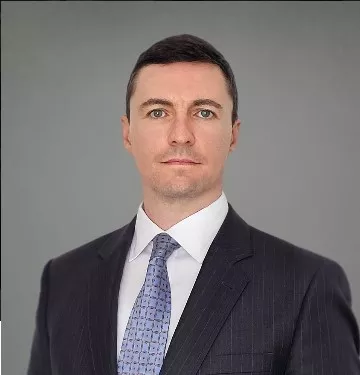In the recent decision of Pacifica L51 LLC v. New Invs., Inc. (In re New Invs., Inc.), No. 13-36194, 2016 WL 6543520 (9th Cir. Nov. 4, 2016), the Ninth Circuit held that Section 1123(d) of the Bankruptcy Code legislatively overruled Great W. Bank & Tr. v. Entz-White Lumber & Supply, Inc. (In re Entz-White Lumber & Supply, Inc.), 850 F.2d 1338 (9th Cir. 1988), and required debtors to pay interest at the default rate to cure a default pursuant to a plan of reorganization.
The debtor defaulted on a mortgage. The bankruptcy court confirmed a chapter 11 plan that allowed the debtor to cure the default by selling the property and using the sale proceeds to pay the loan off at the pre-default rate. At the same time, the court required the debtor to escrow nearly $800,000 as a disputed claim reserve should an appellate court require the debtor to pay default interest to effectuate the cure. On appeal, the Ninth Circuit reversed.
The Circuit Court ruled that "[t]he plain language of § 1123(d) compels the holding that a debtor cannot nullify a preexisting obligation in a loan agreement to pay post-default interest solely by proposing a cure." The Circuit Court stated as follows:
What § 1123(d) affects is how a debtor returns to pre-default conditions, which can include returning to a lower, pre-default interest rate. . . . [Under common law, the] borrower does not effectuate a cure merely by paying past due installments of principal at the pre-default interest rate. Rather, the borrower's cure obligations may also include late charges, attorneys' and trustee's fees, and publication and court costs. . . . It is only once these penalties are paid that the debtor can return to pre-default conditions as to the remainder of the loan obligation.
The content of this article is intended to provide a general guide to the subject matter. Specialist advice should be sought about your specific circumstances.

